
Tourists’ and tourism suppliers’ perceptions toward crisis management on tsunami (2013)
Title : Tourists’ and tourism suppliers’ perceptions toward crisis management on tsunami
Researcher : Bongkosh N. Rittichainuwat
Department : International Program in Hotel & Tourism Management, Siam University, 235 Petkasem Rd., Phasichareon, Bangkok 10160, Thailand
E-mail : Bongkosh N. Rittichainuwat ngamson@gmail.com
Abstract : This study describes tourists’ perceptions toward the importance of safety measures across tourists who stay at different types of accommodation; compares the pre and post analysis of such safety measures during normal time and six months after the disaster and identify safety measures that contribute the most to the sense of beach safety. This study uses a survey, interviews, and observation. The target population was inbound tourists traveling to Thai beaches. It was found that respondents who participated in the survey six months after the March 2011 Japanese tsunami placed more importance on almost all tsunami safety measures than those who did the survey six years after the Indian Ocean tsunami. Guests at guest houses, placed the highest importance on all safety measures, whereas guests at upscale hotels, placed the lowest importance. Moreover, perceptions of beach safety were dependent on the availability of a tsunami evacuation system and a crisis management plan.
Publication : Tourism Management Vol.34 February 2013
Link to Publication: https://www.sciencedirect.com/journal/tourism-management/vol/34/suppl/C
Bibliography : Rittichainuwat, B. N. (2013). Tourists’ and tourism suppliers’ perceptions toward crisis management on tsunami. Tourism Management, 34, 112-121. https://doi.org/10.1016/j.tourman.2012.03.018
Author details in Scopus: Rittichainuwat, Bongkosh Ngamsom
Scopus Citations: https://www.scopus.com/sources.uri?DGCID=Scopus_blog_post_check2015
Google Scholar Citations: https://scholar.google.com/citations?user=ifUlKJoAAAAJ&hl=en
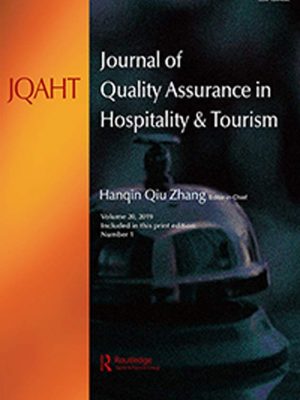
Tourists’ Motivations to Travel during Financial Crisis (2014)
Title : Tourists’ Motivations to Travel during Financial Crisis
Researcher : Bongkosh N. Rittichainuwat, Goutam Chakraborty & Suphaporn Rattanaphinanchai
Department : Service Industry Management, Siam University, Bangkok, Thailand
E-mail : Bongkosh N. Rittichainuwat ngamson@gmail.com
Abstract : This study aims to describe the motivations of tourists to travel during financial crises and to identify the impact of those travel motivations on the likelihood that tourists would travel during financial crises. The findings suggest short-distance destinations, novelty, and culture would motivate tourists during financial crises; but tourist recreation would deter them from traveling domestically. This study enriches the literature on the travel motivations of domestic tourists, particularly Thai tourists, to travel during financial crises.
Publication : Journal of Quality Assurance in Hospitality & Tourism Vol.15 No.1 January-March 2014
Link to Publication: https://www.tandfonline.com/toc/wqah20/15/1?nav=tocList
Bibliography : Rittichainuwat, B. N., Chakraborty, G. & Rattanaphinanchai S.(2014). Tourists’ motivations to travel during financial crisis. Journal of Quality Assurance in Hospitality & Tourism, 15(1), 100-113. DOI: 10.1080/1528008X.2014.855541
Author details in Scopus: Rittichainuwat, Bongkosh Ngamsom
Scopus Citations: https://www.scopus.com/sources.uri?DGCID=Scopus_blog_post_check2015
Google Scholar Citations: https://scholar.google.com/citations?user=ifUlKJoAAAAJ&hl=en

Tourists’ Perceived Risks Toward Overt Safety Measures (2013)
Title : Tourists’ Perceived Risks Toward Overt Safety Measures
Researcher : Bongkosh N Rittichainuwat
Department : Service Industry Management, Siam University, Bangkok, Thailand
E-mail : Bongkosh N. Rittichainuwat ngamson@gmail.com
Abstract : This study aims to assess tourists’ perceptions toward overt safety measures. The study segments tourists into four different groups depending on their perceptions toward overt safety measures, type of accommodation, and purpose of visit. A total of 476 respondents were segmented into special occasion tourists, leisure mid-priced tourists, frequent business travelers, and backpackers. A two-step cluster analysis and ANOVA were used to analyze the data. The results show that, all clusters, except the backpacker segment, feel quite safe toward overt safety measures. Whereas the special occasion tourists at luxury hotels felt the safest toward overt safety measures, they concurrently were the most likely discouraged with too-stringent overt safety measures. Although most tourists feel safe about overt safety measures, a stringent increase in safety measures could frighten them because such measures could create a false perception that something untoward has previously happened at the destination. Hence, the old claim that stringent safety measures frighten tourists remains a classic rule of thumb. Therefore, hoteliers must find an appropriate balance in the extent of overt safety measures so as not to exceed the acceptable safety threshold of tourists.
Publication : Journal of Hospitality and Tourism Research Vol.37 No.2 May 2013
Link to Publication: https://journals.sagepub.com/toc/jhtd/37/2
Bibliography : Rittichainuwat, B. N. (2013). Tourists’ perceived risks toward overt safety measures. Journal of Hospitality & Tourism Research, 37(2), 199–216. https://doi.org/10.1177/1096348011425494
Author details in Scopus: Rittichainuwat, Bongkosh Ngamsom
Scopus Citations: https://www.scopus.com/sources.uri?DGCID=Scopus_blog_post_check2015
Google Scholar Citations: https://scholar.google.com/citations?user=ifUlKJoAAAAJ&hl=en
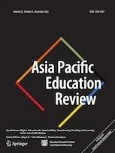
Transforming learning for sufficiency economy philosophy and sustainable development through the triangle of living learning lab (2022)
Title : Transforming learning for sufficiency economy philosophy and sustainable development through the triangle of living learning lab
Researcher : Rukspollmuang, C.
Department : Siam University, Bangkok, Thailand
Link to article: Asia Pacific Education Review, 2022, 23(4), pp. 595–610. https://doi.org/10.1007/s12564-022-09804-2
Journal : Asia Pacific Education Review / in Scopus
Bibliography : Rukspollmuang, C. (2022). Transforming learning for sufficiency economy philosophy and sustainable development through the triangle of living learning lab. Asia Pacific Education Review, 23(4), 595–610. https://doi.org/10.1007/s12564-022-09804-2
ฐานข้อมูลงานวิจัย มหาวิทยาลัยสยาม : –
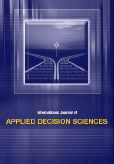
Treatment process conformance checking of patients (with sepsis and septic shock) in compliance with SSC and WMA using fuzzy miner algorithm in Fluxicon Disco (2023)
Title : Treatment process conformance checking of patients (with sepsis and septic shock) in compliance with SSC and WMA using fuzzy miner algorithm in Fluxicon Disco
Researcher : Porouhan, P.
Department : Graduate School of Information Technology, Siam University, Bangkok, Thailand
E-mail :
Link to article: International Journal of Applied Decision Sciences, 2023, 16(4), pp. 385–421 https://doi.org/10.1504/IJADS.2023.131830
Publication: International Journal of Applied Decision Sciences / in Scopus
Bibliography : Porouhan, P. (2023). Treatment process conformance checking of patients (with sepsis and septic shock) in compliance with SSC and WMA using fuzzy miner algorithm in Fluxicon Disco. International Journal of Applied Decision Sciences, 16(4), 385–421. https://doi.org/10.1504/IJADS.2023.131830
ฐานข้อมูลงานวิจัย มหาวิทยาลัยสยาม : –
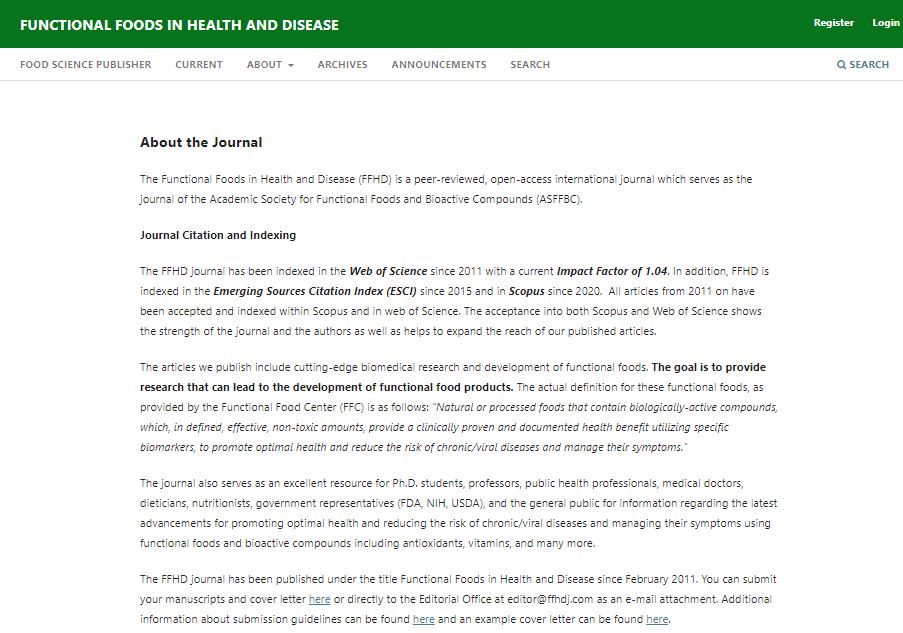
Tuna blood inhibits lipopolysaccharide-induced inflammatory mediators in RAW264.7 macrophages (2021)
Title : Tuna blood inhibits lipopolysaccharide-induced inflammatory mediators in RAW264.7 macrophages
Researcher : Wanwimol Klaypradit, Mantira Hawangjoo, Nujamee Ngasakul, Pennapa Chonpathompikunlert, Maruj Limpawattana, Wanida Sukketsiri
Department : สำนักอธิการบดี มหาวิทยาลัยสยาม
E-mail : maruj.lim@siam.edu
ฐานข้อมูลงานวิจัย มหาวิทยาลัยสยาม : –
Link to article: Functional Foods in Health and Disease, 2021, 11(4), 201-212. https://doi.org/10.31989/ffhd.v11i4.785
Journal : Functional Foods in Health and Disease / in Scopus
Bibliography : Klaypradit, W.,Hawangjoo, M., Ngasakul, N., Chonpathompikunlert, P., Limpawattana, M., & Sukketsiri, W. (2021). Tuna blood inhibits lipopolysaccharide-induced inflammatory mediators in RAW264.7 macrophages. Functional Foods in Health and Disease, 11(4), 201-212. https://doi.org/10.31989/ffhd.v11i4.785
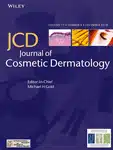
Ultrasound evaluation of arterial anastomosis of the forehead (2018)
Title : Ultrasound evaluation of arterial anastomosis of the forehead
Researcher : Tansatit, T., Phumyoo, T., Jitaree, B., Sawatwong, W., Rungsawang, C., Sahraoui, Y.M.E.,… Lee, J.H.
Abstract : Background: Color Doppler ultrasound has a potential role as an imaging guide in aiding filler injections which are blinded procedures.
Objective: This study investigated the forehead arteries and provided insight into their anastomoses. This was performed by challenging their function to provide blood through these anastomoses when the main artery was temporary occluded by compression.
Methods: Three arteries were identified on each side of the forehead, the supratrochlear, the supraorbital and the superficial temporal arteries. Under ultrasound monitoring, each target artery and corresponding anastomosis was studied separately by compressions performed in a sequential and accumulative manner.
Results: Data from the current study imply that accidental cannulation of either the supratrochlear artery or the supraorbital artery can cause ophthalmic artery embolization in every case recorded. If the frontal branch of the superficial temporal artery is cannulated, the chance of blindness as a complication occurs in one fifth of volunteers. Anastomosis between both sides of the terminal branches of ophthalmic arteries creates the possibility of bilateral ocular complications when accidental cannulation occurs at one of these branches, especially the supratrochlear artery. Thus, injury to the supratrochlear artery carries a greater risk of complication than the supraorbital artery.
Conclusion: These findings emphasize that the chance of ocular complication is less when accidental cannulation occurs at the superficial temporal artery compared with injury to the supratrochlear or the supraorbital arteries as the terminal branches of the ophthalmic artery. Ultrasound can assist in the identification and evaluation of all the arteries at risk, thus avoiding the occurrence of vascular complications.
Link to Academic article: https://doi.org/10.1111/jocd.12755
Journal : Journal of Cosmetic Dermatology, 2018, 17(6).
Bibliography : Tansatit, T., Phumyoo, T., Jitaree, B., Sawatwong, W., Rungsawang, C., Jiirasutat, N.,…Lee, J. H. (2018). Ultrasound evaluation of arterial anastomosis of the forehead. Journal of Cosmetic Dermatology, 17(6), 1031–1036.
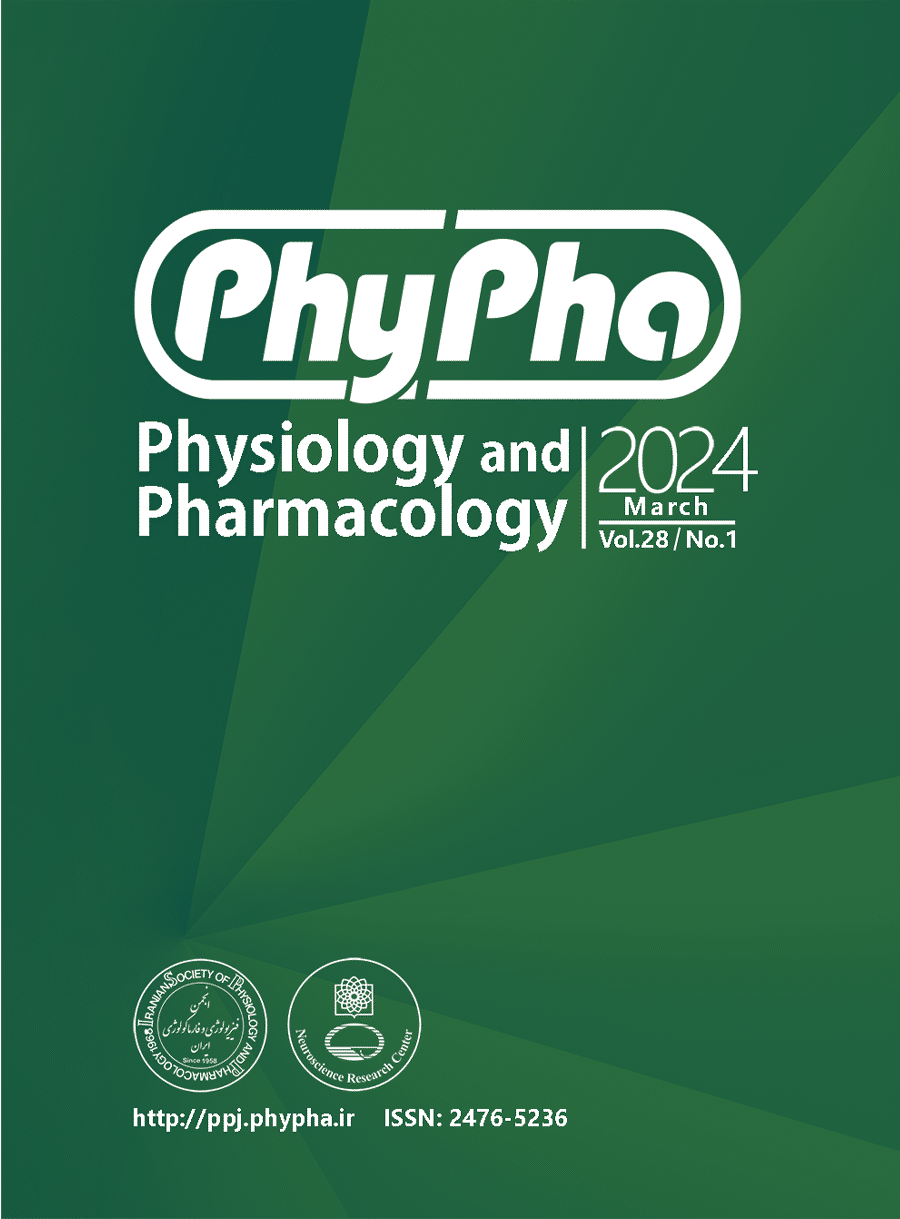
Venlafaxine and synbiotic attenuated learned fearlike behavior and recognition memory impairment in immobilized-stressed rats (2023)
Title : Venlafaxine and synbiotic attenuated learned fearlike behavior and recognition memory impairment in immobilized-stressed rats
Researcher : Sarawut Lapmanee, Sakkarin Bhubhanil , Siriwan Sriwong, Mattaka Khongkow, Katawut Namdee, Prapimpun Wongchitrat, Pawin Pongkorpsakol
Department : Faculty of Medicine, Siam University, Bangkok, Thailand
E-mail : sarawut.lap@siam.ed
Link to article : Physiol Pharmacol, 27(2), 171-181. https://doi.org/10.61186/phypha.27.2.171
Citation : Lapmanee, S., Bhubhanil, S., Sriwong, S., Khongkow, M., Namdee, K., Wongchitrat, P. & Pongkorpsakol, P. (2023). Venlafaxine and synbiotic attenuated learned fear-like behavior and recognition memory impairment in immobilized-stressed rats. Physiol Pharmacol, 27(2), 171-181. https://doi.org/10.61186/phypha.27.2.171
Journal : Physiol Pharmacol / in Scopus
ฐานข้อมูลงานวิจัย มหาวิทยาลัยสยาม : –
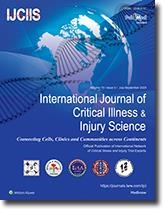
What is the right gentamicin dose for multiple trauma patients? A Monte Carlo simulation exploration study (2023)
Title : What is the right gentamicin dose for multiple trauma patients? A Monte Carlo simulation exploration study
Researcher : Mohammad Yaseen Abbasi, Kamonthip Wiwattanawongsa, Weerachai Chaijamorn, Taniya Charoensareerat and Thitima Doungngern
Link to article: International Journal of Critical Illness and Injury Science, Volume 13, Issue 3, pages 118-124. https://doi.org/10.4103/ijciis.ijciis_14_23
Citation : Abbasi M.Y., Chaijamorn W., Wiwattanawongsa K., Charoensareerat T., & Doungngern T. (2023). What is the right gentamicin dose for multiple trauma patients? A Monte Carlo simulation exploration study. International Journal of Critical Illness and Injury Science, 13(3), 118-124. Jul–Sep 2023. https://doi.org/10.4103/ijciis.ijciis_14_23
Journal : International Journal of Critical Illness and Injury Science / in Scopus
ฐานข้อมูลงานวิจัย มหาวิทยาลัยสยาม : https://e-research.siam.edu/kb/what-is-the-right-gentamicin-dose/
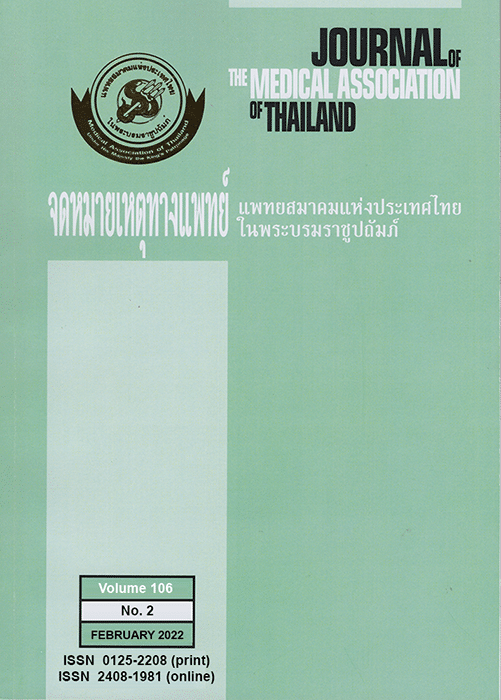
Which first aid treatment is appropriate for a bizarre skin lesion and cardiovascular collapse after swimming in the sea?(2018)
Title : Which first aid treatment is appropriate for a bizarre skin lesion and cardiovascular collapse after swimming in the sea?
Researcher : Thaikruea, L., Leelarasamee, A.
Abstract : A 52-year-old Thai female was stung by a jellyfish on her knee incurred while swimming in the sea on Kood island in the Gulf of Thailand. She initially felt like electric shot at her left knee with severe burning pain. Her left leg rapidly developed erythema and showed brownish-red colored marks as showed in the Figure 1. A few minutes later while rushing back to the resort, she had difficulty in breathing and could walk a few steps further before collapse. Her vital signs at emergency room were as following: BP 152/72 mm.Hg, pulse 114 beats/minute, respiratory rate 22 beats/minute, body temperature 36.8° Celsius.
Link to Academic article: http://www.jmatonline.com/index.php/jmat/article/view/9258
Journal : Journal of the Medical Association of Thailand, 2018, 101(8)
Bibliography : Thaikruea, L., & Leelarasamee, A. (2018). Which first aid treatment is appropriate for a bizarre skin lesion and cardiovascular collapse after swimming in the sea?. Journal of the Medical Association of Thailand, 101(8), pp. 1143–1144.